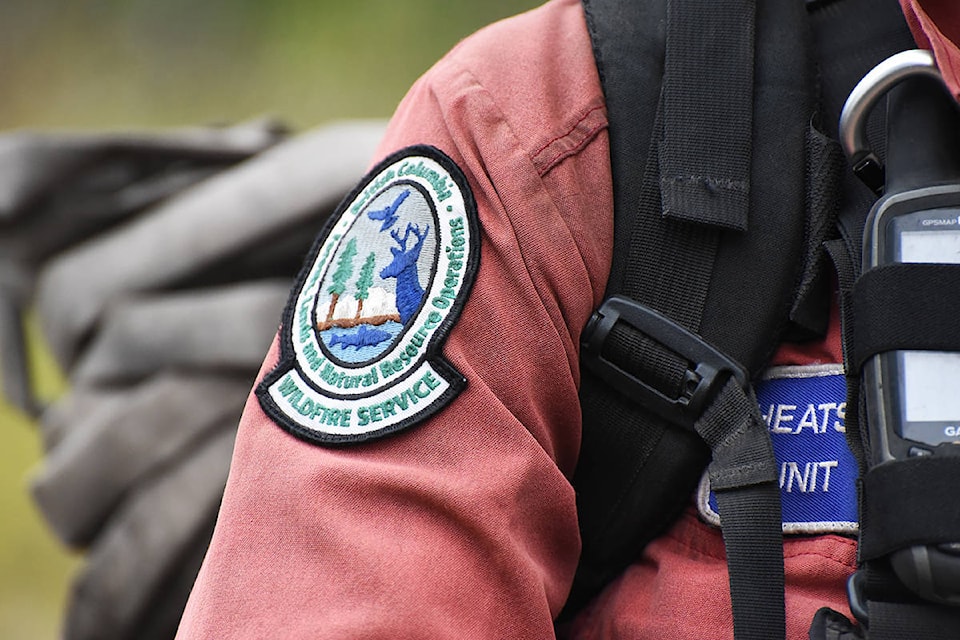A property owned by the Village of Burns Lake at the top of Third Avenue, commonly referred to as Burns Lake Heights, has been identified as an area of high fire hazard.
A recently updated version of the village’s community wildfire protection plan (CWPP) recommends fuel treatment for the 25-hectare property, which is used for hiking, snowshoeing and some winter motorized sports.
Burns Lake council has recently directed village staff to include discussions with respect to the property in the municipality’s strategic planning.
Options to reduce the fire hazard on the property include FireSmart activities — which could cost up to $5,000 per hectare, depending on the treatments chosen — and harvesting, according to a village staff report.
But revenue from harvesting the timber could be used to complete these FireSmart activities and potentially create a small reserve, which could then be used to fund additional FireSmart activities on other village properties, states the report, adding an appraisal of the property indicated there is significant merchantable timber.
The purpose of the CWPP is to identify current wildfire risks within and surrounding the Village of Burns Lake, to describe the potential consequences if a wildfire was to impact the village, and to examine possible ways to reduce them.
Between 2007 and 2016, there was a total of 111 wildland fire starts within the radius service area of the village – an average of 11 per year, according to the CWPP.
RELATED: Eleven wildfires a year in Burns Lake
Local weather conditions have been changing to a drier climate with the trend toward longer fire seasons, which poses a threat to the community, according to the CWPP. This trend may result in increased fire frequency, intensity and loss of control of wildfires, and tree mortality.
In addition, the mountain pine beetle infestation has resulted in high levels of dead material that is in the process of blowing down and creating stands with a high to extreme fire hazard.
One of the most pressing and useful actions that can be implemented in the community is the FireSmart Program, states the CWPP, adding village staff are “encouraged by the uptake and interest” of local residents in incorporating FireSmart principles into the reduction of fire hazard on their properties.
In addition to Burns Lake Heights, the CWPP has identified other areas that need fuel treatment, including the Omineca Ski Club area, Rod Reid Trail, 155 Romieu Drive (industrial area), Saul Creek (the Gully) and Fourth Avenue Park.
